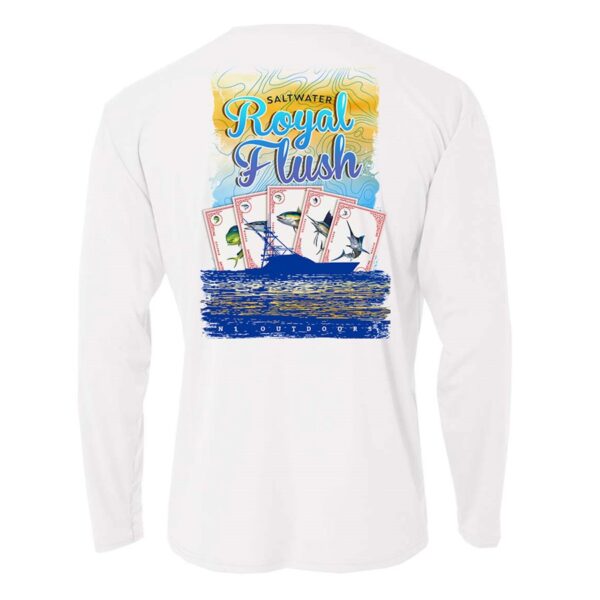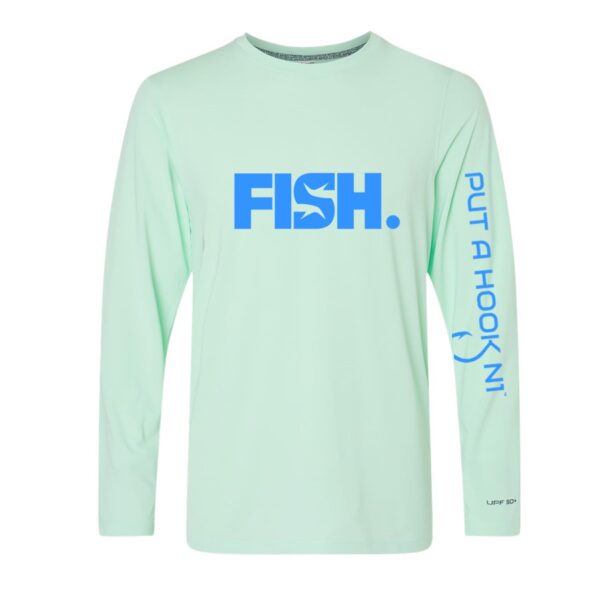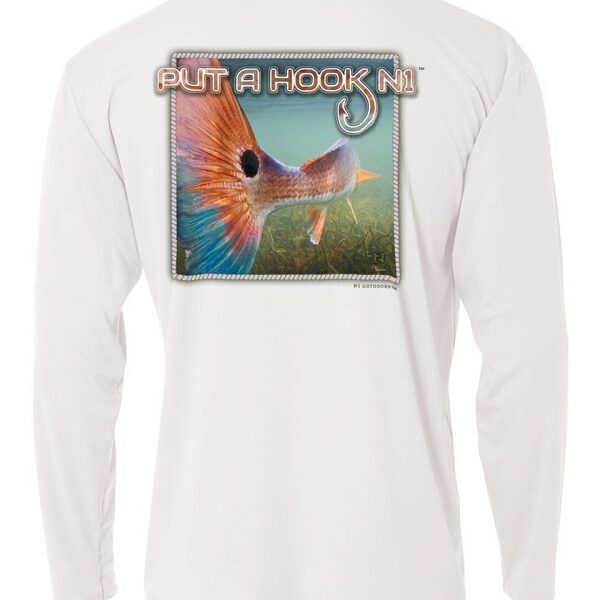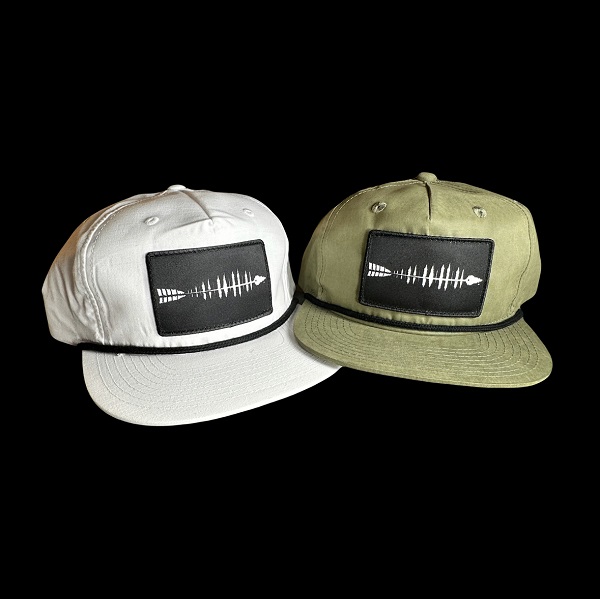Most of us love waking up and seeing bright, beautiful sunshine waiting for us outside. That warming sun can provide endless opportunities for beach trips, hiking, and other fun outdoor activities.
While thinking about the countless adventures you can have on warm, sunny days, it’s also worth sparing a thought for your skin; specifically, how to protect it.
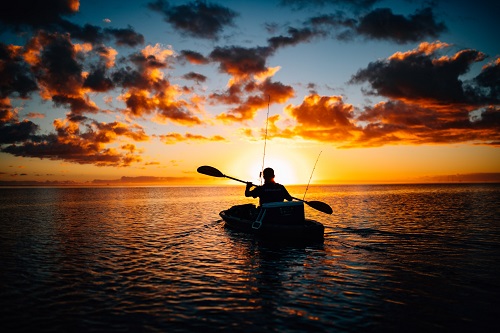
From the reasons for the sun’s danger, to the differences between SPF and UPF, you can learn helpful information below to help keep you safe and enjoying that beautiful sunshine!
What’s So Dangerous About the Sun?
There must be a reason why we lather ourselves in sunscreen and wear sun hats and skin protection sleeves. It’s because the sun can be dangerous. However, not everyone understands how hazardous it can be and the repercussions of poor sun safety.

The danger doesn’t necessarily lie just in the sun, but in its energy. When the sun’s energy reaches Earth, it’s present as three ray types: visible, infrared, and ultraviolet. The UV rays are also further broken down into three UV types: UVA, UVB, and UVC.
Exposure to the sun’s ultraviolet (UV) rays can result in skin, eye, and immune system damage. Sunburn and excessive UV light exposure can also result in skin damage, which might cause premature skin aging and even skin cancer.
The Sun’s Ultraviolet Rays
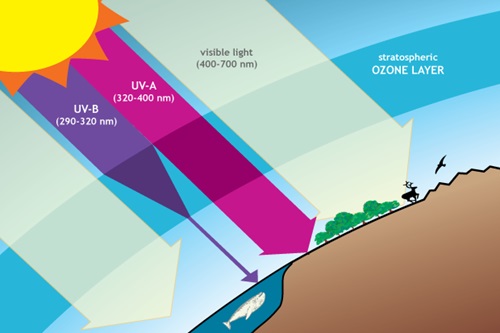
The sun’s energy has three ray types: UVA, UVB, and UVC. (photo credit: climate.org)
Earth’s atmosphere absorbs UVC (Ultraviolet-C) rays , so we don’t need to worry about those. However, long-term exposure to UVA (Ultraviolet-A) rays can cause wrinkling, aging, and skin elasticity loss.
UVB (Ultraviolet-B) rays can increase your risk of skin cancer compared to UVA rays. However, UVA rays may increase UVB’s damaging effects, like cataracts and skin cancer.
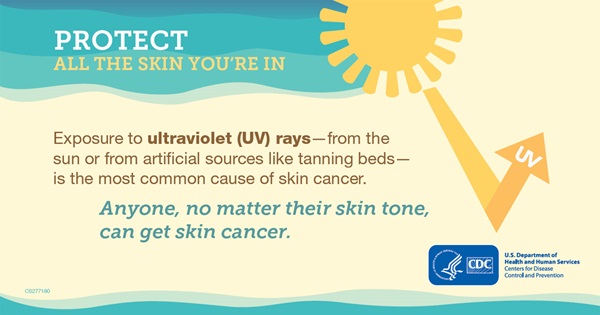
The most common cause of skin cancer is from the sun’s rays. (photo credit: Centers For Disease Control & Prevention).
#ad
Sun Protection Factor (SPF) vs. Ultraviolet Protection Factor (UPF)
So, what’s the difference between SPF and UPF?
Well, let’s take a look at what differentiates them…

We take specific measures to protect ourselves when we know how harmful the sun can be. Products with sun protection factor (SPF) and ultraviolet protection factor (UPF) are important. However, when you don’t know the differences between these two sun protection measures, deciding what to buy can be challenging.
Sun Protection Factor (SPF)
Sun protection factor is a rating included on sun protection products for skin, like sunscreen and lip balm.
This is because the SPF rating measures how much protection a product can provide against UVB radiation, the UV ray known to cause sunburn and contribute to a skin cancer diagnosis.
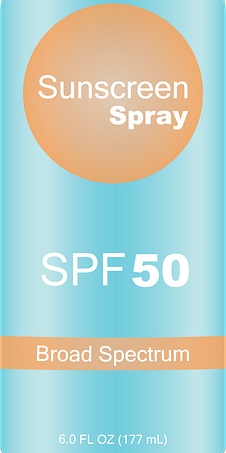
The higher the SPF number is, the longer you can be exposed to the sun without getting burned compared to if you didn’t wear SPF products.
Most SPF products like sunscreens and lotions are produced for the sole purpose of preventing sunburn. Whether you’re hiking or relaxing poolside, SPF products can be crucial to wear at all times.
Ultraviolet Protection Factor (UPF)
In contrast to SPF, the ultraviolet protection factor (UPF) is a rating for UV radiation that penetrates fabrics to get to the skin. It factors in UVA and UVB radiation, whereas SPF only factors in UVB.
UPF is something you might see mentioned on the labels of sun-protective clothing items like specific fabrics and hats. The higher the UPF rating, the less UV radiation can pass through the material. Like SPF, UPF products are designed to prevent sunburn. However, they also aim to reduce the risk of skin damage.
How to Protect Yourself From the Sun’s Harmful Rays
As much as we love spending time outside basking in the sun’s rays, that doesn’t mean we can’t keep ourselves safe when we do.
You can take a number of proactive measures to protect yourself and your family whenever you venture outside for relaxation or outdoor activities.
Apply Sunscreen
Sunscreen is one of the easiest ways to protect yourself from the sun’s damaging effects. It’s also one of the most effective ways to prevent sunburn while reducing the risk of melanoma and non-melanoma skin cancer.
However, what you use and how you use it matters in your bid to enjoy sun protection.
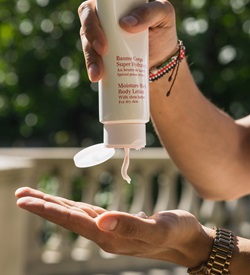
An SPF rating of at least 30 should be used, but again, the higher the number, the better the protection.
Apply a broad-spectrum, water-resistant sunscreen to all exposed skin. Ensure it has an SPF rating of at least 30. Remember, the higher the number, the more protection you can enjoy.
Seeing broad-spectrum on the label can also give you peace of mind that the sunscreen can protect you from UVA as well as UVB rays.
Re-applying the sunscreen every two hours will help maintain its protective barrier. However, you’ll need to apply it more frequently if you’re sweating, participating in swimming or other water sports, or exposed to moisture in other ways. If you don’t like the feeling of sunscreen on your lips, purchase an SPF lip balm for total protection.
Wear Protective Clothing
The less skin you expose to harmful UV rays, the more protected you can be. Alongside applying sunscreen to any exposed skin, you can also wear protective clothing.
Long-sleeved shirts or T-shirts with skin protection sleeves, pants, sunglasses, as well as hats can all be excellent options. You might also like to purchase clothing and accessories with tightly woven fabric or an ultraviolet protection factor rating.
Seek Shade
Spending time in the sunshine can be fun, but you don’t have to spend all day in it.
Seek shade when the sun’s rays are at their strongest, which is typically between 10 am and 4 pm. Fortunately, seeking shade when you’re out and about can be easy.

Rest under a tree at your local park or take a sun shade or sun umbrella to the beach. Wide-brimmed hats paired with sunglasses can also be an ideal way to maximize your shade access.
Get Vitamin D In Other Ways
If your entire aim with being outside in the sunshine is to ensure you get enough vitamin D, consider obtaining it in other ways. You can obtain vitamin D through supplements, oily fish, eggs, and red meat. Some food producers also add it to other foods like plant milk and breakfast cereals.
Final Thoughts on SPF vs. UPF
As much as we can enjoy seeing the sun when we’re participating in outdoor activities, it can be more harmful than you think. So the more you know about sun safety and protecting your skin, the smaller your risk of sun-related illnesses and damage might be.
Remember to wear sunscreen an UPF protective clothing… and have fun outdoors!



